As the novel coronavirus known as COVID-19 continues to spread, it’s becoming increasingly clear that widespread testing is a prerequisite to virus containment and any return to normal life. Drive-through testing centers have quickly presented themselves as an effective option for low-risk testing, but setting up these centers requires tactical considerations.
Learn why widespread virus testing is necessary, how drive-through testing is superior to walk-up testing, and what your structure options are when setting up a drive-through testing center.
This guide is for informational purposes only. If planning a drive-through testing station, we recommend contacting your state or country’s governing agency for specific health and safety standards. For up-to-date information on COVID-19, visit the Centers for Disease Control and Prevention (CDC) website.
The Need for Widespread Virus Testing

Now months into the spread of COVID-19 in the United States, authorities are beginning to imagine what a return to normal might look like. While plans vary significantly, nearly everyone agrees that large-scale testing is absolutely necessary before we can ease up on social distancing, re-opening businesses, and getting back to work.
As physician and pandemic expert Dena Grayson explained to Vox, “The key to containing a highly infectious, deadly virus is you have to identify who’s infected, track down all their contacts, and quarantine them. If you can’t even detect who’s infected, then you’re done.”
Even though most U.S. states are already urging residents to stay at home, leaving the house for “essential” activities or exercise is still permitted. Testing enables health care workers to recommend much stricter quarantine guidelines for those with confirmed cases to prevent the spread of the disease.
Testing is also a means to gather more information about this still very new virus, and more information is crucial for strategic preparedness.
For example, the tight correlation between the number of new tests available each day and the number of new cases suggests that the actual number of COVID-19 cases in the U.S. is much higher than the test-confirmed number. Researchers also need to know how many people have the disease in order to gauge its true death rate. Determining just how deadly COVID-19 is will allow officials to make informed decisions about when and how to reopen the country.
But just as our need for testing increases, so do health authorities’ requests that people with symptoms refrain from visiting emergency rooms, urgent care centers, or doctors’ offices unless they are severely ill to prevent exposure to health care workers, staff, and other patients.
Thus the creation of “pop-up” testing stations around the country began, providing what Alice Park of Time magazine called a “lifeline for information about the disease” and, for many, the “only connection to health care providers” available.
Drive-Through vs. Walk-Up Testing
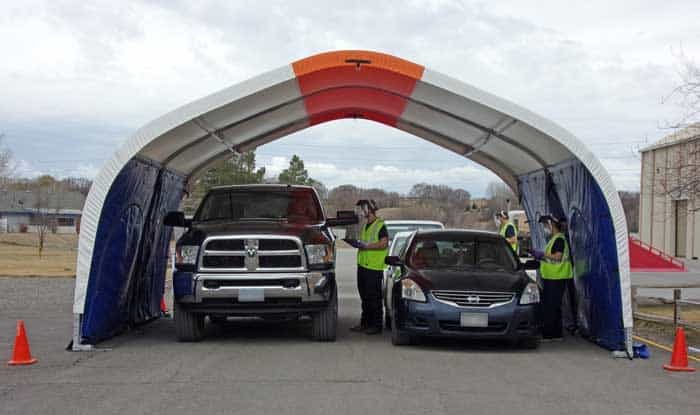
Of course, there’s a right way to create testing stations to maximize effectiveness and minimize risk. While some states originally converted open-air areas such as parking lots into high-volume testing locations, drive-through testing centers have quickly become preferred as a low-contact option that prevents overcrowding and makes it safer for high-risk individuals.
As Dena Grayson puts it, “[W]hat we don’t want to see is a bunch of people flocking to a virus-testing center, walking in, and the few that actually have the disease infecting others around them with it.”
“If people are in their own vehicle, though, it’s much safer. The workers doing the testing are wearing protective gear, and the patient doesn’t have to leave the vehicle. You’re not going to get exposed to somebody who has the virus. You just get tested and you drive off.”
Originally pioneered in South Korea, the drive-through testing model is now being adopted across the U.S. and the world. In most cases, the testing process works just as Dr. Grayson described: Patients drive up, get their throat or nose swabbed through their car window, and drive off. The whole process takes about 10 minutes if there aren’t lines, and patients receive results in five to seven business days.
Drive-Through Testing Structure Considerations

The term “pop-up testing center” is misleading — although these testing stations have certainly opened quickly, there’s a lot more work involved than the name implies. Much of this work involves tactical concerns such as staffing, obtaining sufficient testing kits, and so on; but even the seemingly straightforward task of setting up the testing center itself can be surprisingly complex.
Setting up the physical testing center begins with obtaining the necessary structures. Structures are necessary to protect testing equipment, health care workers, patients and create a much safer testing space.
The number of structures you need will depend on the capacity and layout of your testing center. For example, one drive-through testing site in Virginia uses two structures: one in which patients provide the number of people to be tested, identification, and insurance information, and one in which the actual samples are collected.
An additional structure or structures may be necessary to store testing equipment and personal protective equipment (PPE), provide a space for health care workers to change in and out of PPE or spray each other down with bleach solutions (as some are having to do), or create a safe space for food and bathroom breaks.
But finding these structures isn’t as simple as grabbing whatever’s available at the nearest big-box store. In order to make testing centers as effective as possible, organizations should keep the following considerations in mind:
- Setup: Testing centers are severely lacking, so speed of setup is a priority. Consider not only how quickly the structure itself can be assembled, but also anchoring options and whether they might add unnecessary time or complexity to the process.
- Durability: In order to protect people and equipment from the elements, the structures need to be able to endure the elements themselves. They should resist local weather conditions in your area such as heavy wind, rain, and snow and be able to shade health care workers from strong sunlight. Consider whether the structures can be left outside all day for weeks or even months on end as we see how the pandemic plays out.
- Reuse: In case your testing location needs change, the structures should be able to be easily disassembled and relocated. And considering that COVID-19 can mutate, any structures purchased should be viable for future use as well. Reusable testing structures are a smart long-term investment anyway, allowing health care and emergency response organizations to be prepared for future outbreaks or disasters.
- Protection from the cold: Current estimates suggest that a vaccine will not be widely available until spring of 2021. That means that drive-through testing facilities must be able to operate continuously throughout the winter — an important consideration not only from a durability perspective, but also from a comfort perspective. Drive-through testing shelters for winter must be equipped to protect healthcare personnel and other staff from cold temperatures, as well as keep important equipment from being damaged by freezing temperatures.
Drive-Through Testing Structure Options

Because states and local health care organizations are largely left to their own devices in creating drive-through testing stations, no two stations are exactly the same. These are a few of the most common structure types used for drive-through testing stations so far.
Pop-Up Canopies & Party Tents
Pop-up canopies and party tents certainly have a competitive advantage in terms of widespread availability and quick setup, so it’s no wonder that many organizations are using them for their drive-through testing centers.
However, their benefits largely stop there, as they tend to be flimsy and thus incapable of enduring strong weather conditions, and weren’t designed for continuous or extended use. These types of structures may or may not outlast their original purpose, and so cannot realistically be reused for future needs.
Shipping Containers
Shipping containers are also being used to create drive-through testing centers, sometimes referred to as “testing pods” or “medical assessment pods.” While this structure type has the benefit of durability, their downside is that they can’t be disassembled and easily stored for future use — organizations will have to plan for where to keep them until they’re needed again.
For that same reason, shipping them — both for their original delivery and for relocation — may be more expensive and less efficient.
Engineered Fabric Structures
Engineered fabric structures have emerged as an ideal drive-through testing center solution that combines the benefits of pop-up canopies and party tents with those of shipping containers — without the drawbacks of either. For example, engineered drive-through testing centers from Alaska Structures® are:
- Incredibly durable: Alaska Structures’ engineered fabric buildings utilize a high-strength galvanized steel frame system and a tensioned fabric membrane that is UV-stabilized to withstand prolonged exposure to the sun, will not rot, is mold- and mildew-resistant, is chemically inert, and exceeds the fire safety requirements outlined in the California Code of Regulations (CCR) for membrane structures.The structures are made of higher-quality and longer-lasting materials than anything else on the market, completely weatherproof, and engineered to meet the specific wind and snow loads in your area.
- Rapidly deployable and reusable: Drive-through testing stations from Alaska Structures are easily assembled in just 30 minutes with a trained crew of four and can be safely anchored to any level surface, including concrete or asphalt parking lots.Leave them in place long-term or quickly take them down for relocation — low-cube packaging makes for efficient and cost-effective shipping.
- Purpose-built for drive-through testing: 21 feet wide and 20 feet long, with 7-foot eaves and a peak height of 11.25 feet, these structures can accommodate two standard-height vehicles at a time for testing.Already a manufacturer of engineered fabric buildings for
industries ranging from arctic exploration and research to the U.S. military, Alaska Structures quickly designed and developed a structure to aid in the nation’s testing efforts.
- Customizable: The drive-through testing centers come equipped with removable side curtains and large screen windows for proper sight lines and ventilation.You can also choose between end panels with multiple entry options to create either a semi- or completely closed testing center.
- Comfortable year-round: We specifically designed our drive-through testing shelters for winter use. The option to create a completely enclosed facility equipped with insulation, heating, and energy-efficient LED lights means that your healthcare personnel and staff, who are already putting themselves at risk by being on the front lines of this pandemic, needn’t expose themselves to freezing temperatures as well.Additionally, have peace of mind knowing that essential equipment won’t be damaged by freezing temperatures. You won’t find a better drive-through testing facility for winter weather!
Opening Your Drive-Through Testing Station

Considerations for opening your drive-through testing station don’t stop there: You’ll have to make plans for how to handle triage, doctor referrals, appointment scheduling, the sharing of test results, as well as the concerns regarding staffing and testing kits that we mentioned above.
With all of this to think through, health care organizations and local governments shouldn’t have to waste precious time worrying about finding the right kind of structure for their drive-through testing stations — and luckily, they don’t have to.
At Alaska Structures, our friendly building specialists will walk you through every step of the purchase process, ship your engineered fabric structure directly to your testing location, and even send a trained crew to set it up, if you so choose.
We can also advise you on additional structures to complement your drive-through testing station and improve operations, such as portable office solutions or on-site storage, or help create mobile field hospitals and other rapidly deployable medical structures through our partner companies.
Our No. 1 goal is to promote widespread testing to help stop this virus, and our drive-through testing centers for winter are designed to that end. For more information, request a quote online, contact us, or visit our Drive-Through Testing Stations page.
Telephone: +1-907-344-1565



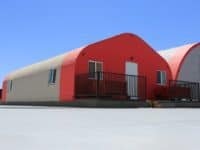

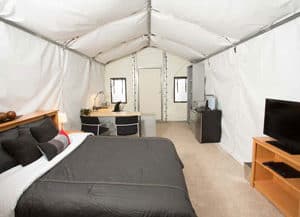

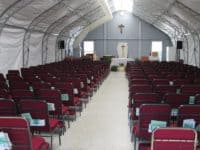
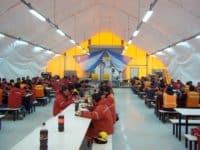
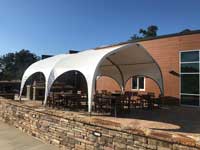
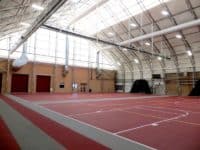

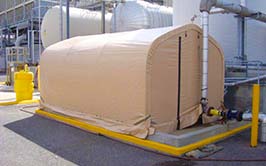

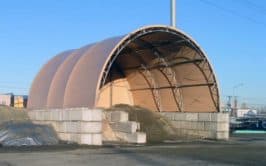
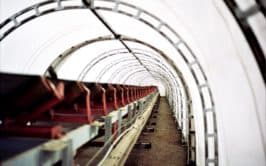
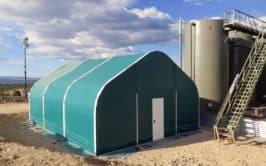


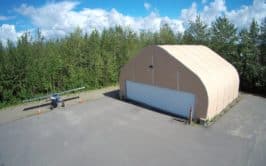
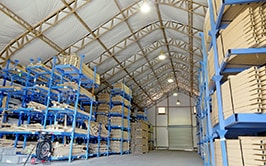
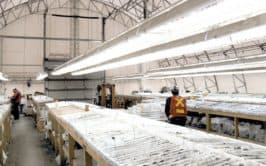
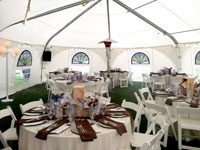
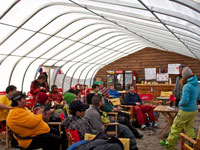

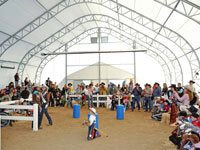
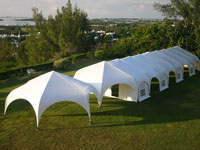

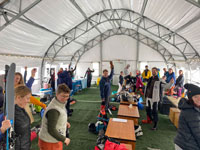
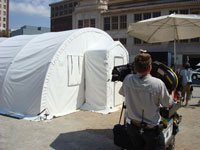
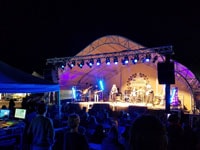




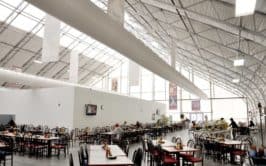

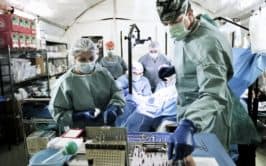




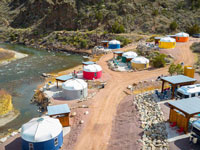
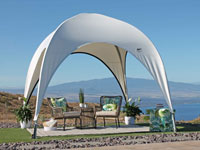

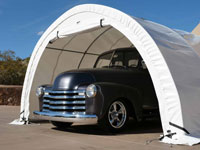
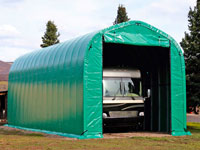




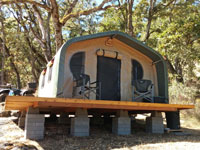
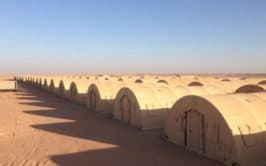
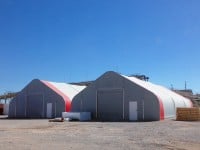
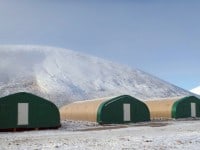
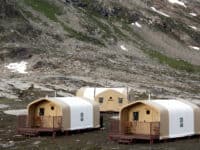
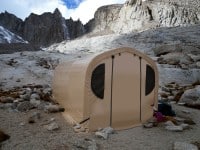
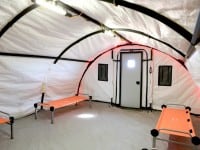
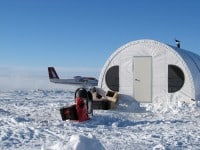
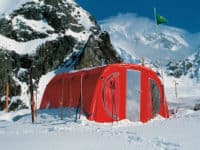
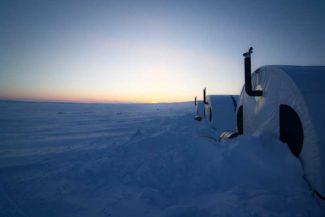

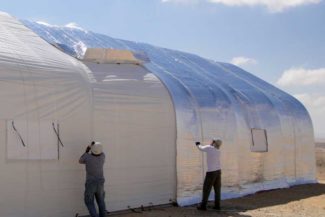


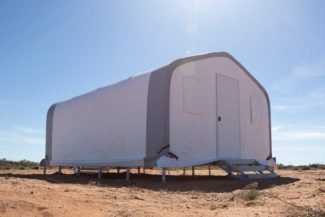

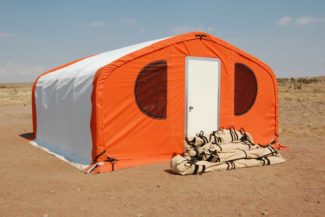




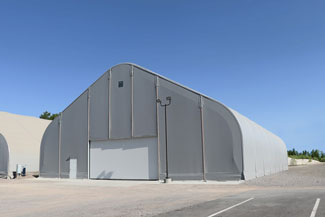

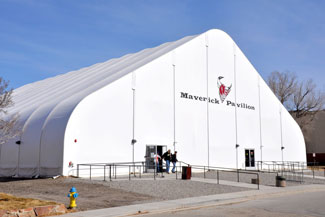
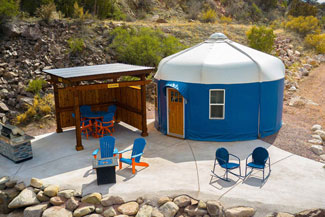
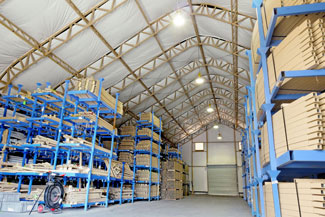

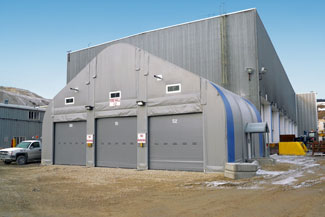
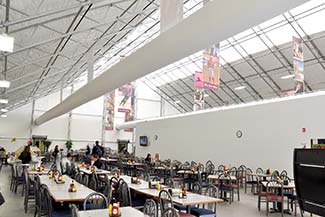

Leave a Reply